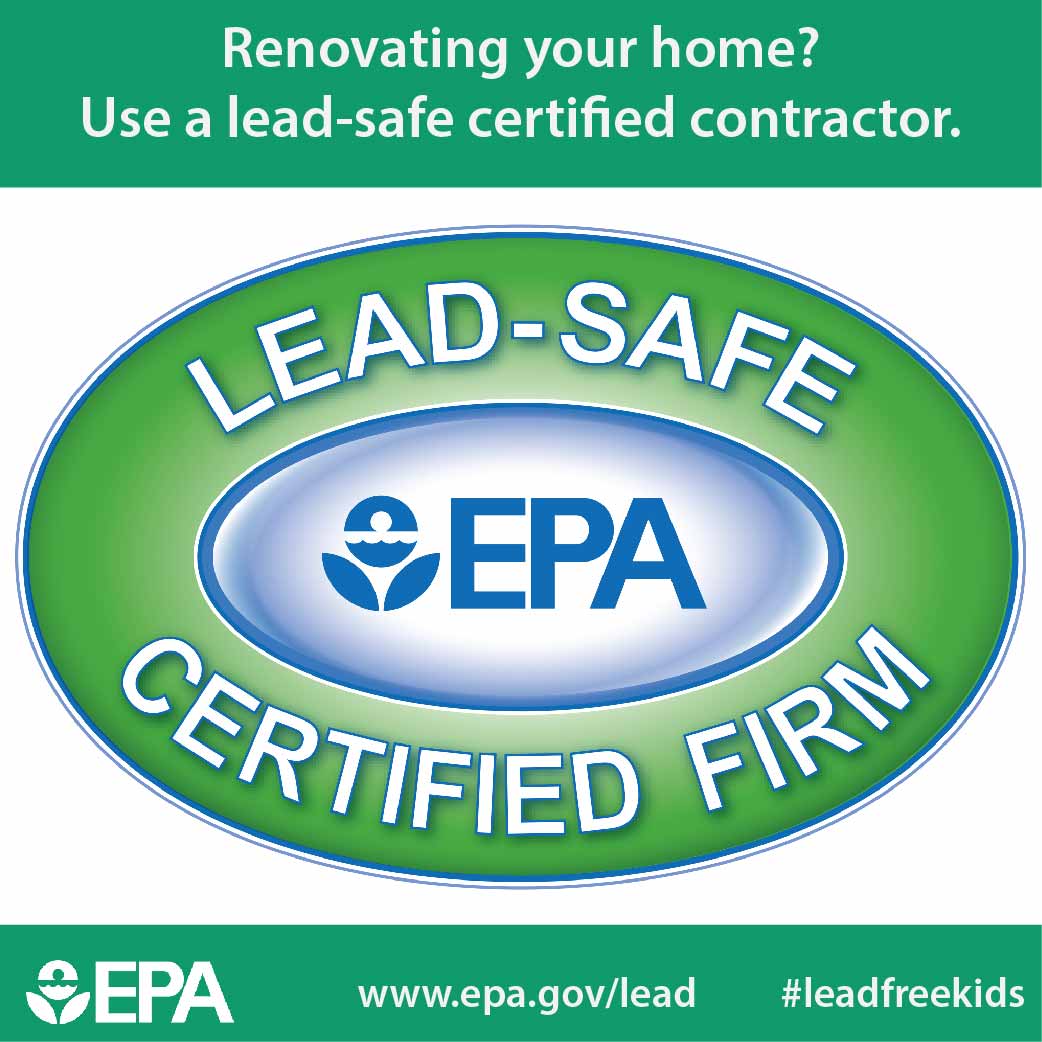Discover How Seasonal Variables Influence Commercial Exterior Paint Success And Discover The Best Times To Guarantee Long-Term Outcomes For Your Job
Discover How Seasonal Variables Influence Commercial Exterior Paint Success And Discover The Best Times To Guarantee Long-Term Outcomes For Your Job
Blog Article
Writer-Carlson Urquhart
When you're intending a business outside painting task, seasonal variables can make or damage your outcomes. You'll want to take into consideration just how temperature level and moisture effect paint application and drying out times. Choosing the ideal period can guarantee your paint sticks properly and lasts longer. Yet which seasons are really the most effective for this type of job? Allow's check out the key elements that can influence your project's success.
The Influence of Temperature on Paint Application
When you're planning a commercial outside paint job, the temperature level can substantially affect just how well the paint sticks and dries out.
Preferably, you want to paint when temperature levels vary in between 50 ° F and 85 ° F. If it's as well cold, the paint may not cure effectively, resulting in issues like peeling off or fracturing.
On the other side, if it's too warm, the paint can dry out too swiftly, protecting against correct attachment and causing an uneven surface.
You should likewise think about the moment of day; morning or late afternoon supplies cooler temperatures, which can be more desirable.
Constantly examine the producer's referrals for the specific paint you're making use of, as they often supply guidance on the suitable temperature level variety for optimal results.
Humidity and Its Effect on Drying Times
Temperature level isn't the only environmental element that influences your commercial outside paint project; moisture plays a considerable function too. High humidity degrees can slow down drying out times drastically, affecting the general high quality of your paint work.
When the air is saturated with moisture, the paint takes longer to treat, which can result in issues like bad adhesion and a greater danger of mold growth. If you're painting on a particularly damp day, be gotten ready for extended delay times between coats.
It's essential to keep track of neighborhood weather and plan appropriately. Ideally, aim for moisture levels between 40% and 70% for optimal drying out.
Maintaining these factors in mind ensures your project remains on track and provides a long-term coating.
Best Seasons for Commercial Exterior Paint Projects
What's the most effective time of year for your business outside paint tasks?
Springtime and early loss are usually your best choices. Throughout these seasons, temperature levels are light, and humidity levels are frequently lower, producing excellent conditions for paint application and drying out.
Stay clear of summertime's intense heat, which can create paint to completely dry too promptly, resulting in bad adhesion and coating. In https://interior-home-painters-ne98542.qodsblog.com/34345108/enhance-your-living-atmosphere-exactly-how-specialist-home-painters-can-redefine-your-home , winter's cool temperatures can prevent correct drying and treating, running the risk of the durability of your paint job.
Go for days with temperature levels in between 50 ° F and 85 ° F for optimum results. Keep in mind to check the regional weather prediction for rainfall, as wet problems can destroy your task.
Planning around these aspects guarantees your painting task runs efficiently and lasts much longer.
Conclusion
In conclusion, planning your commercial exterior paint projects around seasonal considerations can make a significant difference in the outcome. By organizing source for this article during the excellent temperatures and humidity levels, you'll make sure much better bond and drying times. Bear in mind to keep an eye on neighborhood weather prediction and pick the correct time of year-- spring and very early autumn are your best bets. Taking these actions will aid you attain a sturdy and professional surface that lasts.
